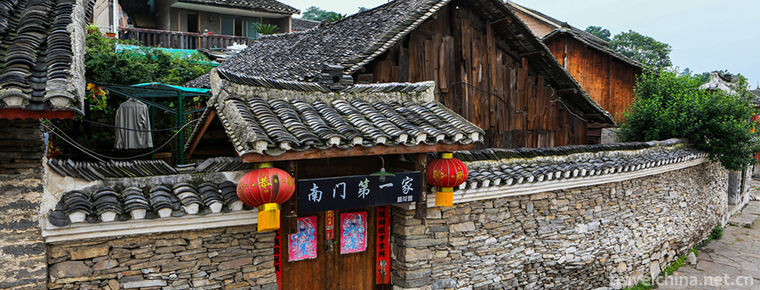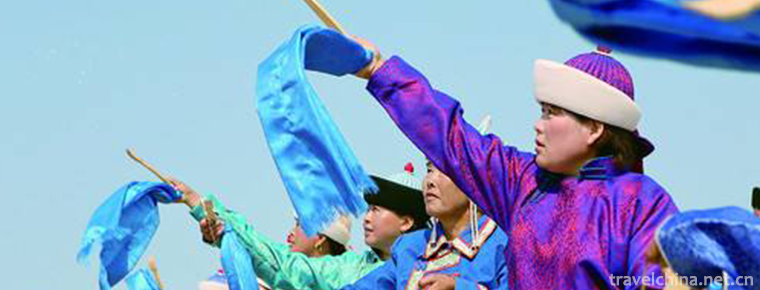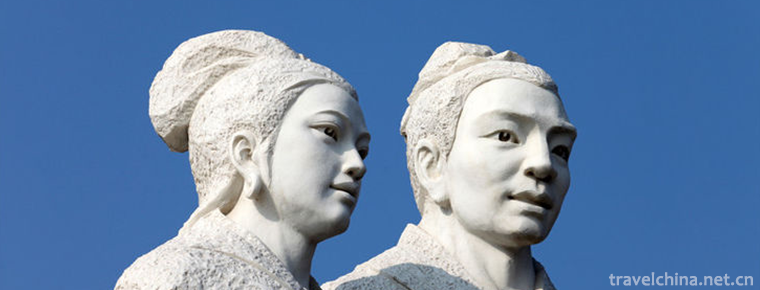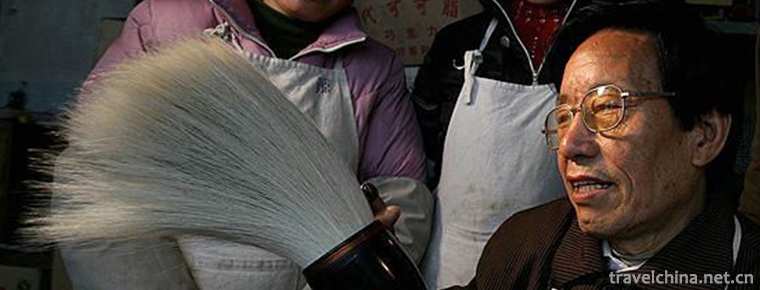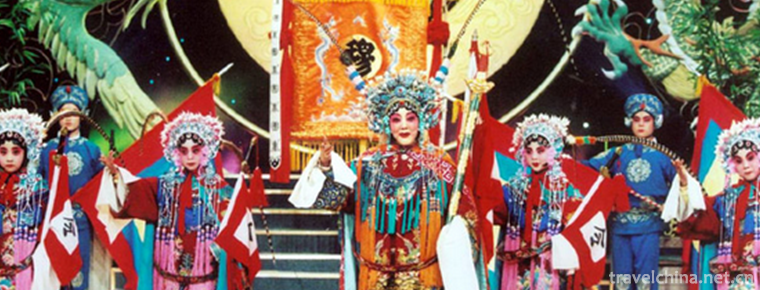Construction Skills of Official Ancient Architecture
Construction Skills of Official Ancient Architecture
In the process of construction and maintenance of the Palace Museum ancient buildings, a complete set of traditional palace building construction techniques with strict shape has been formed on the basis of Chinese ancient building construction technology, which is called "official ancient building construction techniques". This kind of traditional Chinese handicraft not only keeps the original appearance of the Palace Museum, but also directly affects the development of the construction technology of the whole Chinese ancient buildings.
On June 7, 2008, the construction techniques of official buildings were approved by the State Council to be included in the second batch of national intangible cultural heritage projects.
Origin of skills
Various types of work are also mutating or even disappearing. Jin Hongkui, deputy president of the Palace Museum in charge of major repairs, told reporters that the eight major works have shrunk with the shrinking needs of modern society. For example, in the past, timber and steel pipe were used for building materials. In the past, hemp rope was used for binding and screw was changed. In the past, when people had to paste their houses, this kind of work was very developed, even in the Forbidden City, there were few craftsmen in this line.
The handicraft of 2000 years ago is recorded in Kao Gong Ji. Among them, there are the jobs of craftsmen, which belong to the state-run renovation work. The so-called "six state-owned jobs, one hundred workers" system. After the collapse of feudal society, the traditional system of ancient architecture was broken. The Palace Museum seems to be a special case. The constant renovation over the years has provided a small greenhouse-like Society for the inheritance of traditional craftsmen and crafts. But now, one generation of craftsmen is getting old, while the next generation is unable to connect. Jin Hongkui said that although the Palace Museum has a great reputation, it is only an institution under the Ministry of Culture, and there is no mechanism specifically for the inheritance of traditional crafts and craftsmen. "For example, if the Palace Museum wants to recruit, it must be a college graduate or above. What do college students do? This job is blue-collar, not white-collar. But the Forbidden City has no chance to recruit blue-collar workers.
The Palace Museum Renovation Center has restored the traditional "teacher worship meeting" of wood, tile and colour paintings: the apprentices pay respectful tribute to the three worshippers and give them the gift of teacher worship. The masters take up their chairs and receive apprenticeship stickers. On the one hand, they are instructors and witnesses. Can the inheritance of craftsmen, which has been interrupted for half a century in the Palace Museum, continue?
Technical characteristics
The red palace wall separates the traditional and modern world. At the site of the Palace Museum's overhaul, there was no roar of huge cranes or machines. Only workers shuttled between wooden frames, built wood, dug tiles, painted and painted, and carried out the most primitive manual work. In every aspect of overhaul, the selection of materials, craftsmanship and craftsmen strive to follow the traditions of hundreds of years ago. Restoration of the Palace Museum has also become a ritual, a part of the tradition - the "intangible cultural heritage" built on this great material cultural heritage.
This intangible cultural heritage, which has just been listed in the national list, is called "Official Architecture Construction Skills", which includes eight masterpieces of tile, earth, stone, paint and paste, and is subdivided into hundreds of types of work. Ancient buildings under the feudal hierarchy, from materials, colors to practices, must strictly follow the building rules. The Forbidden City, representing the highest level, is undoubtedly the culmination of this set of building techniques.
Chronology succession
"The Palace Museum is a craft, taught orally and heartily by the master, and the apprentice's strength." Li Yongge, Director of Renovation Center, introduced. The renovation centre is located on the West Road outside the Palace Museum. In the unopened buildings which were demolished or renovated, it still maintains its historical continuity in function. It was used as an establishment in the Qing Dynasty to make living utensils for the Royal family. According to the request of Jin Hongkui, Vice President of the Palace Museum, the renovation center has three major tasks. One is the overhaul project, the other is the broken repair and maintenance, which is equivalent to the property of the Palace Museum. The third and most important task is to build the inheritance of craftsmanship and craftsmanship. "Without inheritance, there is no need for a renovation center. Can't I just find a team on the street?"
Repair of Tiredness and Diligence
In the mysterious and quiet northeast corner of the Palace Museum, there is a tired and diligent study. Reporters recently learned from the Palace Museum that the protection project will be launched. It will be the first time in more than 200 years to open to the public after its completion in 2008.
Qiqin Zhai was built during the reign of Emperor Qianlong in the Qing Dynasty (1771-1776). "Emperor Qianlong was knowledgeable and artistic." Huang Ximing, the Ministry of Ancient Architecture of the Palace Museum, said, "Tired Diligence Zhai is a part of a garden with four courtyards carefully designed and built after his abdication. There is a well-preserved stage in the Zhai."
There are very precious historical relics left in Qiqin Zhai, including not only exquisite interior decoration, paintings and calligraphy works, but also interior panoramic paintings and ceiling paintings, which can be called the representative of Qianlong period. They are vivid portrayals of Qing Dynasty emperor's life and palace culture.
Emperor Qianlong then requisitioned the best building materials and craftsmen to build this magnificent palace for himself. "But with the age going on and the natural deterioration of cultural relics'health, many treasures and fine decorations such as bamboo silk mosaics, white jade carvings and silk embroidery on beds have been damaged or even disappeared. The protection work of Tiredness and Diligence is becoming more and more urgent.
The project is carried out jointly by the Palace Museum and the World Heritage Foundation. It is also the first time that the Palace Museum has cooperated with American agencies to protect important buildings in the Forbidden City.
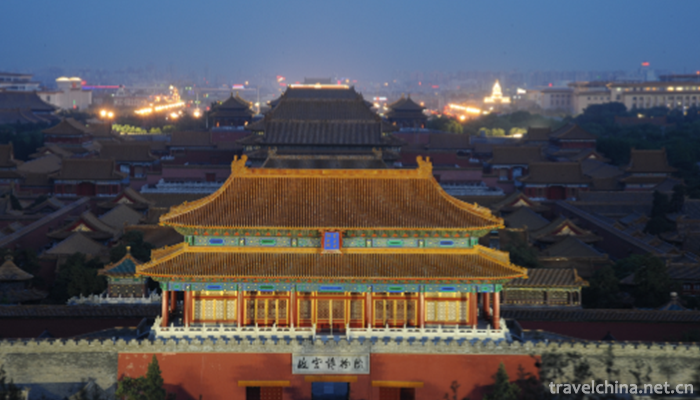
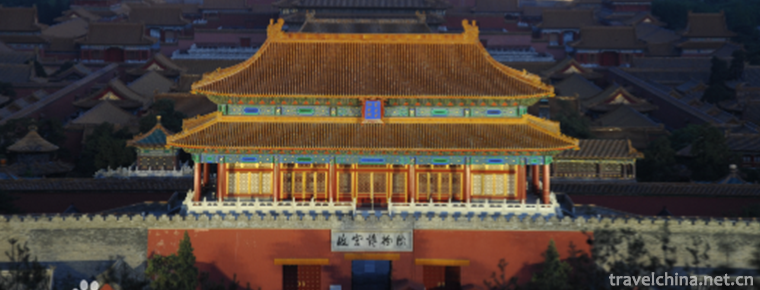
Construction Skills of Official Ancient Architecture
-
Egg fried rice
Views: 256 Time 2018-10-27 -
Dajiaowan Scenic Area Hailing Island Yangjiang
Dajiaowan Scenic Spot of Hailing Island in Yangjiang, located in Zhapo Town of Hailing Island in Yangjiang City, Guangdong Province, is a famous national AAAAA tourist attraction
Views: 176 Time 2018-12-12 -
Chaoyang Park Beijing Sun Park
Chaoyang Park in Beijing is a comprehensive and multi-functional cultural recreation and entertainment park with gardening as the main part. It is the largest city park within the Fourth Ring Road in
Views: 137 Time 2019-01-05 -
Longzi Lake Scenic Area
Longzihu Scenic Area, located in Longzihu District of Bengbu City, Anhui Province, is a national AAAA-level tourist attraction, a national ecological demonstration area and a provincial-level scenic s
Views: 176 Time 2019-02-06 -
Qingyan Ancient Town
Qingyan Ancient Town, one of the four ancient towns in Guizhou, is located in the southern suburb of Guiyang City. It was built in Hongwu ten years (1378) of Ming Dynasty
Views: 181 Time 2019-02-07 -
Bogda Ula Festival
The sacrifice of Bogdahura (Shenshan) is one of the earliest forms of Mongolian creative culture in China. It is the product of national culture, which is formed by historical accumulation and plurali
Views: 103 Time 2019-04-04 -
Legend of Dong Yong
Dong Yong's legend is the fifth largest love legend and the fifth largest folk legend in ancient China. It was first recorded in Liu Xiang's Biography of Filial Piety (Picture) in the Western Han Dyna
Views: 133 Time 2019-04-27 -
Xuanbi Production Skills
Xuanbi has a long history. Originated in the Qin Dynasty, it flourished in the Tang and Song Dynasties. At the end of Song Dynasty and the beginning of Yuan Dynasty, there were frequent wars, and the
Views: 158 Time 2019-07-09 -
Henan Opera
Henan Opera, originating in the Central Plains (Henan), is one of the five major Chinese operas and the largest local opera in China. Contemporary Henan Opera has followed Henan Satellite TV, Henan He
Views: 243 Time 2019-07-16 -
Siguniang Mountain Scenic Area
Siguniangshan scenic area, located in Siguniangshan Town, Xiaojin County, Aba Tibetan and Qiang Autonomous Prefecture, Sichuan Province, belongs to Qionglai mountain range of Qinghai Tibet Plateau, 220 km away from Chengdu.
Views: 184 Time 2020-11-06 -
Animal resources in Nanchong
There are many animals in the subtropical farmland of Nanchong, and the number of other types of animals is less. Hundreds of wild animal resources are still preserved in the city. Among the rare animals, there are two kinds of national first class protected species
Views: 155 Time 2020-12-17 -
Animal resources in Meishan
There are many species of wild animals in Meishan City, and the floristic composition is more complex, mainly subtropical forest animals. There are 469 species of terrestrial wild (vertebrate) animals, including 91 species of mammals, 18 orders, 27 families, 65 genera,
Views: 344 Time 2020-12-18




